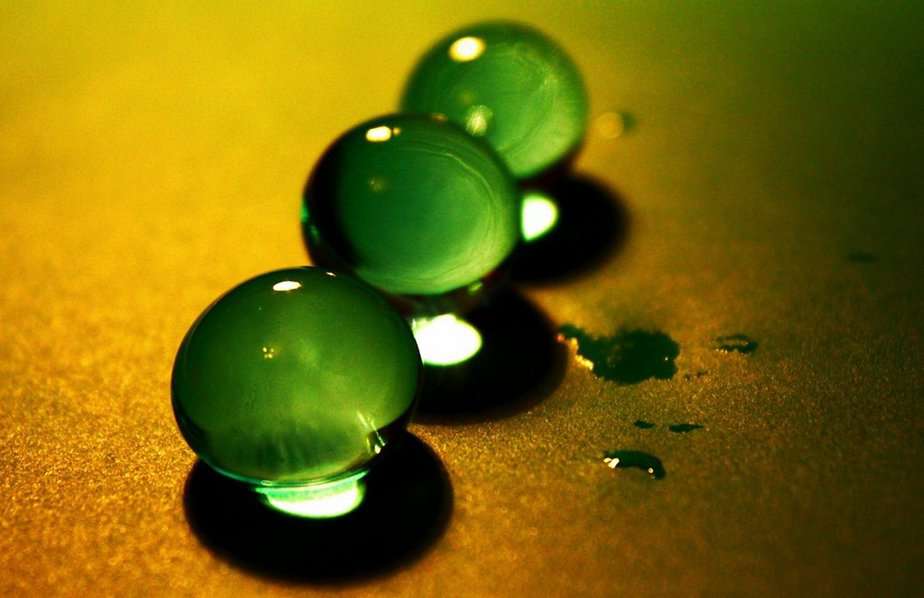
Evaporation balls stop water losses from dams
In an era marked by climate change and water scarcity, innovative solutions are essential to address the looming challenges. Among the many technological advances geared towards water conservation, one stands out due to its simplicity yet profound impact: evaporation balls, commonly referred to as “shade balls.”
But what exactly are evaporation balls? And how do they function? In this post, we’ll dive deep into the concept, mechanism, and the potential impact of these ingenious spheres.
What are Evaporation Balls?
Evaporation balls, or shade balls, are small plastic spheres designed to float on the surface of water bodies, primarily reservoirs, to minimize water loss due to evaporation. They are typically black, made of high-density polyethylene, and partially filled with water to ensure they remain on the water’s surface even in windy conditions.
The Mechanism: How Do They Work?
At first glance, these balls might appear as a simple, even rudimentary solution. However, the science behind their design and function is quite compelling. Here’s a breakdown of how they work:
Reducing Direct Sunlight Exposure: By covering the water’s surface, shade balls block direct sunlight, consequently reducing the heat energy absorbed by the water. Less heat means slower water molecules and, thus, decreased evaporation.
Minimizing Wind Contact: Wind plays a significant role in speeding up the evaporation process. The shade balls act as a barrier, reducing the water surface area exposed to wind.
Protecting Water Quality: Apart from curbing evaporation, these balls also prevent the formation of bromate, a carcinogenic compound. When sunlight reacts with bromide (naturally present in many water sources) and chlorine (commonly used for disinfection), bromate can form. By blocking sunlight, shade balls help minimize this risk.
Wildlife Conservation: By covering the water’s surface, shade balls deter birds and other wildlife from accessing the reservoir, helping to maintain the water’s cleanliness and safety.
Why Aren’t They Used Everywhere?
Given the evident benefits of shade balls, one might wonder why they aren’t more widely adopted. Here are some reasons:
Specific Use Cases: Shade balls are most effective in regions with intense sunlight and strong winds – conditions that greatly expedite evaporation.
Cost: While the individual cost of a shade ball is relatively low, covering an entire reservoir requires millions of them. This can amount to a significant initial investment.
Concerns about Plastic Degradation: Some critics worry about the long-term effects of using plastic balls, fearing they might degrade and contaminate the water. However, the high-density polyethylene used to make shade balls is designed to withstand UV radiation and resist degradation for an extended period.
Success Stories:
One of the most notable implementations of evaporation balls took place in Los Angeles. In 2015, the city released 96 million shade balls into the Los Angeles Reservoir. This move was estimated to save about 300 million gallons of water annually. Additionally, the initiative aimed to prevent bromate formation and keep the water clean.
Alternatives to Shade Balls:
While shade balls have been effective in certain contexts, researchers and innovators worldwide continue to explore alternatives and complementary methods to tackle water evaporation. Some of these include:
Floating Solar Panels: Some regions are experimenting with floating solar farms on reservoirs. These panels not only produce renewable energy but also shade the water beneath, reducing evaporation.
Floating Covers: These are large, impermeable sheets that cover the water’s surface. While more expensive and less flexible than shade balls, they offer a higher degree of evaporation prevention.
Water-Saving Crops: In agriculture, where a significant portion of water is used, researchers are developing crops that require less water, thus reducing the need for vast reservoirs.
Conclusion:
As the global community grapples with increasing water scarcity, solutions like evaporation balls offer a glimpse of hope. By merging simple ideas with scientific principles, such innovations prove that sometimes, the most straightforward solutions can make a significant difference. While shade balls alone won’t solve the world’s water crisis, they undoubtedly play a part in a mosaic of strategies aimed at safeguarding our most precious resource.
More reading
10 Reasons Why Depth in Dams Is So Important

Pingback: Exploring The Ten Largest Dams In The World | Big Ditch Dam Building Company